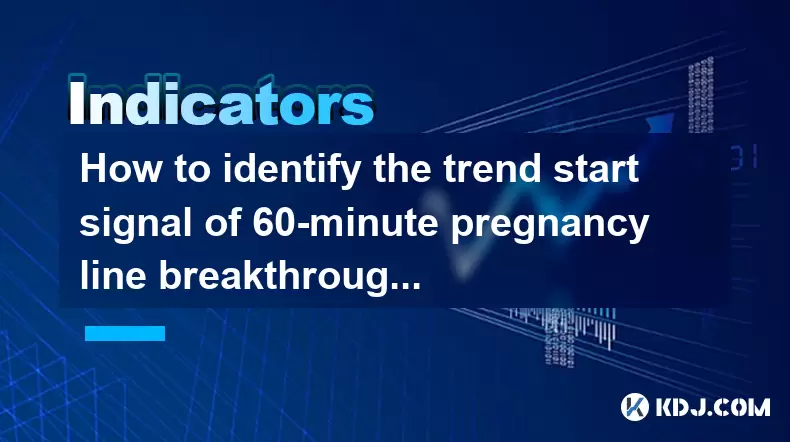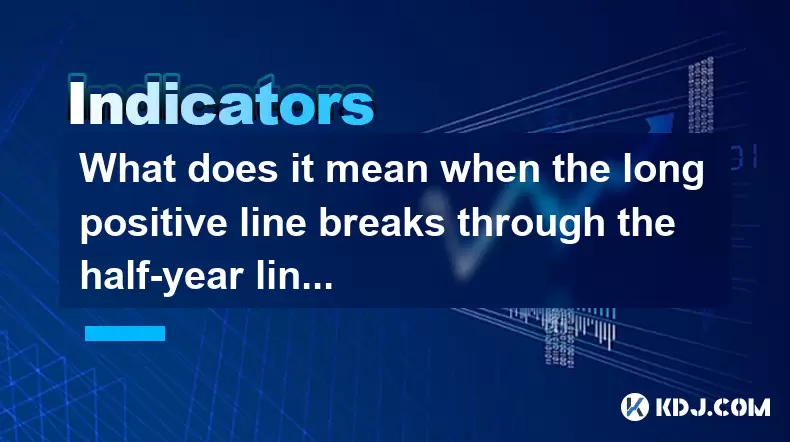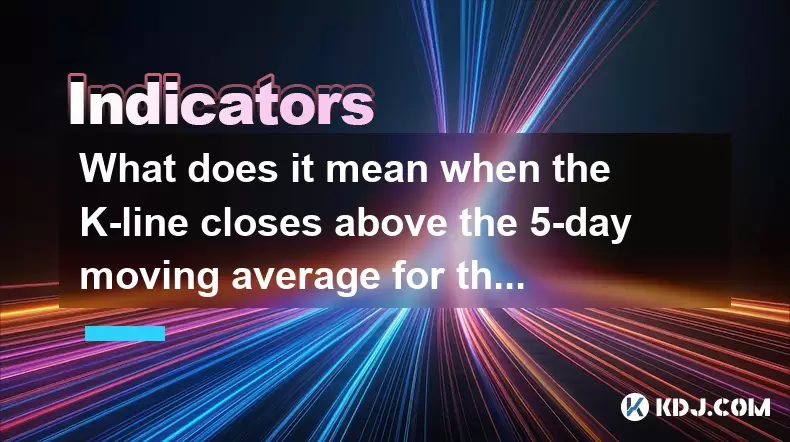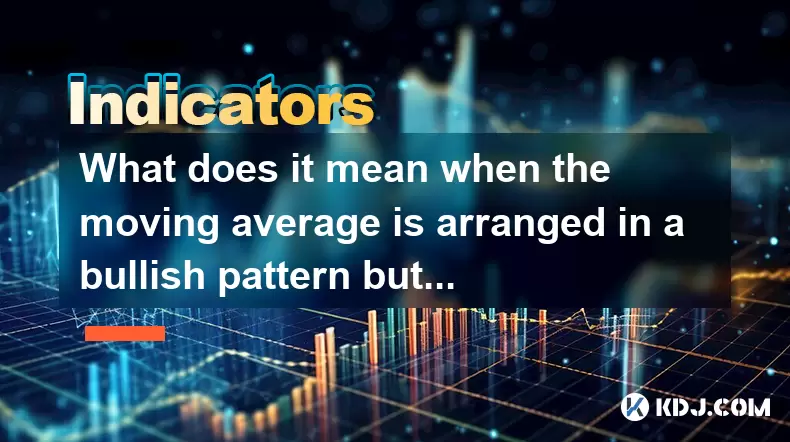-
 Bitcoin
Bitcoin $115100
-2.99% -
 Ethereum
Ethereum $3642
-1.38% -
 XRP
XRP $3.027
-5.51% -
 Tether USDt
Tether USDt $1.000
-0.05% -
 BNB
BNB $763.4
-1.32% -
 Solana
Solana $177.2
-5.42% -
 USDC
USDC $0.9999
-0.02% -
 Dogecoin
Dogecoin $0.2247
-6.47% -
 TRON
TRON $0.3135
0.23% -
 Cardano
Cardano $0.7824
-4.46% -
 Hyperliquid
Hyperliquid $42.53
-0.97% -
 Stellar
Stellar $0.4096
-6.09% -
 Sui
Sui $3.662
-2.61% -
 Chainlink
Chainlink $17.63
-3.57% -
 Bitcoin Cash
Bitcoin Cash $536.3
2.94% -
 Hedera
Hedera $0.2450
0.34% -
 Avalanche
Avalanche $23.23
-3.15% -
 Litecoin
Litecoin $112.2
-1.23% -
 UNUS SED LEO
UNUS SED LEO $8.976
-0.30% -
 Shiba Inu
Shiba Inu $0.00001341
-2.72% -
 Toncoin
Toncoin $3.101
-2.44% -
 Ethena USDe
Ethena USDe $1.001
-0.05% -
 Uniswap
Uniswap $10.08
-1.97% -
 Polkadot
Polkadot $3.938
-2.77% -
 Monero
Monero $323.9
0.87% -
 Dai
Dai $0.9999
-0.02% -
 Bitget Token
Bitget Token $4.481
-1.69% -
 Pepe
Pepe $0.00001199
-5.94% -
 Aave
Aave $288.2
-0.68% -
 Cronos
Cronos $0.1279
0.36%
How to identify the trend start signal of 60-minute pregnancy line breakthrough + daily trading volume double volume?
The 60-minute pregnancy line breakout, confirmed by daily double volume, signals high-probability trend continuation when price closes beyond the pattern with strong volume.
Jul 24, 2025 at 09:35 am

Understanding the 60-Minute Pregnancy Line Formation
The 60-minute pregnancy line is a Japanese candlestick pattern that appears on the 60-minute chart and is used by traders to identify potential reversals or continuation signals. This pattern consists of two candles: a larger bullish or bearish candle, followed by a smaller candle that is completely contained within the body of the previous candle—this is known as the "pregnant" or "inside" candle. The key to interpreting this pattern lies in its context within the broader price movement. When the pregnancy line forms after a sustained downtrend, it may signal exhaustion among sellers, especially if the second candle shows reduced momentum. The breakthrough of this pattern occurs when price closes above the high of the larger candle in an uptrend scenario, or below the low in a downtrend. Traders watch for this breakout as a potential confirmation of trend initiation.
It is critical to differentiate the pregnancy line from the engulfing pattern. While both involve two candles, the engulfing pattern features the second candle completely covering the first, whereas the pregnancy line is the opposite. The smaller candle being fully enclosed suggests hesitation, and the subsequent breakout reveals which side—bulls or bears—regains control. The timing of the breakout on the 60-minute chart is essential, as false signals can occur during low-volume periods or overlapping sessions. Always confirm the breakout with closing prices, not intrabar spikes, to avoid whipsaws.
Interpreting the Daily Trading Volume Double Volume Signal
The daily trading volume double volume refers to a day’s trading volume that is at least twice the average volume of the previous 10 to 20 trading days. This surge in volume often indicates strong market participation and can validate the strength behind a price move. When such a volume spike coincides with a price breakout, it increases the probability that the move is not a false signal. For instance, if the price breaks above resistance on a day with double the average volume, it suggests significant buying interest, possibly from institutional players or coordinated retail action.
Volume analysis must be contextual. A double volume breakout during a sideways consolidation phase carries more weight than one occurring after an extended rally, which might indicate distribution. Use a volume moving average (VMA)—such as the 20-day VMA—to objectively determine what constitutes "double volume." When plotting volume on the daily chart, look for a distinct green bar that towers over recent bars. This visual cue helps in quick identification. Also, ensure that the volume surge aligns with the breakout direction: bullish breakouts should have high volume on up days, not down days.
Combining 60-Minute Pregnancy Line Breakout with Daily Double Volume
The confluence of the 60-minute pregnancy line breakout and daily double volume creates a high-probability setup for identifying the start of a new trend. To apply this strategy effectively, follow these steps:
- Monitor the 60-minute chart for a clear pregnancy line pattern after a defined price move.
- Wait for a confirmed breakout—price must close beyond the high (for bullish) or low (for bearish) of the first candle.
- Switch to the daily chart and verify that the breakout candle has at least double the average volume.
- Ensure that the daily candle’s close supports the breakout direction (e.g., a strong bullish close).
- Check for alignment with key support/resistance levels or moving averages for added confirmation.
This combination filters out weak signals. For example, a 60-minute breakout without volume support may fizzle out, while a volume spike without a clear technical pattern lacks direction. The synergy between price structure and volume confirmation enhances signal reliability. Traders should set entry orders slightly above the breakout level (for longs) or below (for shorts) to avoid premature entries. Stop-loss placement should be just beyond the opposite end of the pregnancy pattern to manage risk.
Step-by-Step Execution on a Trading Platform
To execute this strategy on a typical crypto trading platform like Binance or TradingView, follow these detailed steps:
- Open the 60-minute chart for your chosen cryptocurrency pair (e.g., BTC/USDT).
- Apply the candlestick chart type and ensure volume is visible at the bottom.
- Identify a large candle followed by a smaller candle fully within its range—this is the pregnancy line.
- Add a horizontal line at the high and low of the first (larger) candle for breakout reference.
- Wait for the next candle to close above the high (bullish) or below the low (bearish).
- Immediately switch to the daily chart and locate the same date as the breakout.
- Check if the volume bar for that day is at least twice the height of the average of the last 20 bars.
- Confirm the daily candle closed in the breakout direction.
- Place a limit or market order accordingly, with a stop-loss just beyond the opposite end of the pregnancy candle.
Use TradingView’s alert feature to automate detection. Create a custom alert that triggers when:
- A 60-minute candle closes beyond the high of a previous larger candle that contains the prior candle.
- The corresponding daily volume exceeds 200% of the 20-day average volume.
This reduces manual monitoring and improves reaction speed, crucial in fast-moving crypto markets.
Common Pitfalls and How to Avoid Them
Traders often misinterpret the pregnancy line or act on volume spikes without proper context. One common error is assuming every volume surge confirms a breakout. A double volume day during a downtrend may reflect panic selling, not accumulation. Always assess the price action around the volume spike—was it on a down day or up day? Another mistake is acting on intrabar breaks in the 60-minute chart. Only consider closes, not wicks or spikes, to confirm breakout validity.
Using too short a volume average (e.g., 5-day) can lead to false double volume signals. Stick to a 20-day volume average for stability. Also, avoid trading this setup during major news events or low-liquidity periods (e.g., weekends for some altcoins), as volume can be artificially inflated or distorted. Lastly, do not ignore the broader market trend. A bullish setup in a strongly bearish market may fail due to macro pressure.
Frequently Asked Questions
What if the 60-minute breakout happens but the daily volume is only 1.8x the average?
A volume ratio below double reduces the signal strength. While not invalid, it suggests weaker participation. Consider waiting for additional confirmation, such as a follow-through candle with strong volume or a close above key resistance.
Can this strategy be applied to altcoins with low liquidity?
Yes, but with caution. Low-liquidity altcoins are prone to volume manipulation. Verify volume authenticity by checking order book depth and using exchanges with high transparency. Prefer coins with consistent daily volume over $10 million.
How long should I hold the position after entry?
Hold duration depends on your trading plan. Some traders exit at the next resistance, others use trailing stops. Monitor the 60-minute and daily charts for reversal patterns or volume drying up as exit cues.
Is the pregnancy line the same as the harami pattern?
Yes, the pregnancy line is commonly known as the harami pattern in Western technical analysis. The term "harami" means "pregnant" in Japanese, referring to the small candle inside the larger one.
Disclaimer:info@kdj.com
The information provided is not trading advice. kdj.com does not assume any responsibility for any investments made based on the information provided in this article. Cryptocurrencies are highly volatile and it is highly recommended that you invest with caution after thorough research!
If you believe that the content used on this website infringes your copyright, please contact us immediately (info@kdj.com) and we will delete it promptly.
- Kiyosaki's Crypto Playbook: Ditching Paper for Real Assets Like Bitcoin
- 2025-07-25 22:30:11
- Satoshi-Era Whales Stir the Bitcoin Pot: What's the Deal?
- 2025-07-25 22:30:12
- Pi Coin Value in Indian Rupees (INR) 2024: Decoding the Hype
- 2025-07-25 21:45:50
- Crypto Investing: Top Picks and Meme Coin Mania in '25
- 2025-07-25 21:52:07
- Ark Invest's Portfolio Rebalance: Coinbase, Block, and the Crypto Shift
- 2025-07-25 21:52:07
- Bitcoin's Wild Ride: Sell-offs, Volatility, and What's Next
- 2025-07-25 21:55:18
Related knowledge

How to interpret that the KDJ D line is downward for a long time but the price is sideways?
Jul 25,2025 at 07:00pm
Understanding the KDJ Indicator and Its ComponentsThe KDJ indicator is a momentum oscillator widely used in cryptocurrency trading to assess overbough...

What does it mean that the KDJ indicator forms a double bottom at a low level?
Jul 25,2025 at 05:08pm
Understanding the KDJ Indicator in Cryptocurrency TradingThe KDJ indicator is a momentum oscillator widely used in cryptocurrency trading to identify ...

What does it mean that the RSI continues to hover in the 40-60 range?
Jul 25,2025 at 11:07pm
Understanding the RSI and Its Typical BehaviorThe Relative Strength Index (RSI) is a momentum oscillator that measures the speed and change of price m...

What does it mean when the long positive line breaks through the half-year line and then steps back?
Jul 25,2025 at 06:49pm
Understanding the Long Positive Line in Candlestick ChartsIn the world of cryptocurrency trading, candlestick patterns play a vital role in technical ...

What does it mean when the K-line closes above the 5-day moving average for three consecutive days?
Jul 25,2025 at 10:07pm
Understanding the K-line and 5-day Moving AverageThe K-line, also known as a candlestick, is a critical charting tool used in technical analysis to re...

What does it mean when the moving average is arranged in a bullish pattern but the K-line closes negatively continuously?
Jul 25,2025 at 10:56pm
Understanding the Bullish Moving Average PatternWhen the moving average (MA) lines are arranged in a bullish pattern, it typically indicates that shor...

How to interpret that the KDJ D line is downward for a long time but the price is sideways?
Jul 25,2025 at 07:00pm
Understanding the KDJ Indicator and Its ComponentsThe KDJ indicator is a momentum oscillator widely used in cryptocurrency trading to assess overbough...

What does it mean that the KDJ indicator forms a double bottom at a low level?
Jul 25,2025 at 05:08pm
Understanding the KDJ Indicator in Cryptocurrency TradingThe KDJ indicator is a momentum oscillator widely used in cryptocurrency trading to identify ...

What does it mean that the RSI continues to hover in the 40-60 range?
Jul 25,2025 at 11:07pm
Understanding the RSI and Its Typical BehaviorThe Relative Strength Index (RSI) is a momentum oscillator that measures the speed and change of price m...

What does it mean when the long positive line breaks through the half-year line and then steps back?
Jul 25,2025 at 06:49pm
Understanding the Long Positive Line in Candlestick ChartsIn the world of cryptocurrency trading, candlestick patterns play a vital role in technical ...

What does it mean when the K-line closes above the 5-day moving average for three consecutive days?
Jul 25,2025 at 10:07pm
Understanding the K-line and 5-day Moving AverageThe K-line, also known as a candlestick, is a critical charting tool used in technical analysis to re...

What does it mean when the moving average is arranged in a bullish pattern but the K-line closes negatively continuously?
Jul 25,2025 at 10:56pm
Understanding the Bullish Moving Average PatternWhen the moving average (MA) lines are arranged in a bullish pattern, it typically indicates that shor...
See all articles

























































































